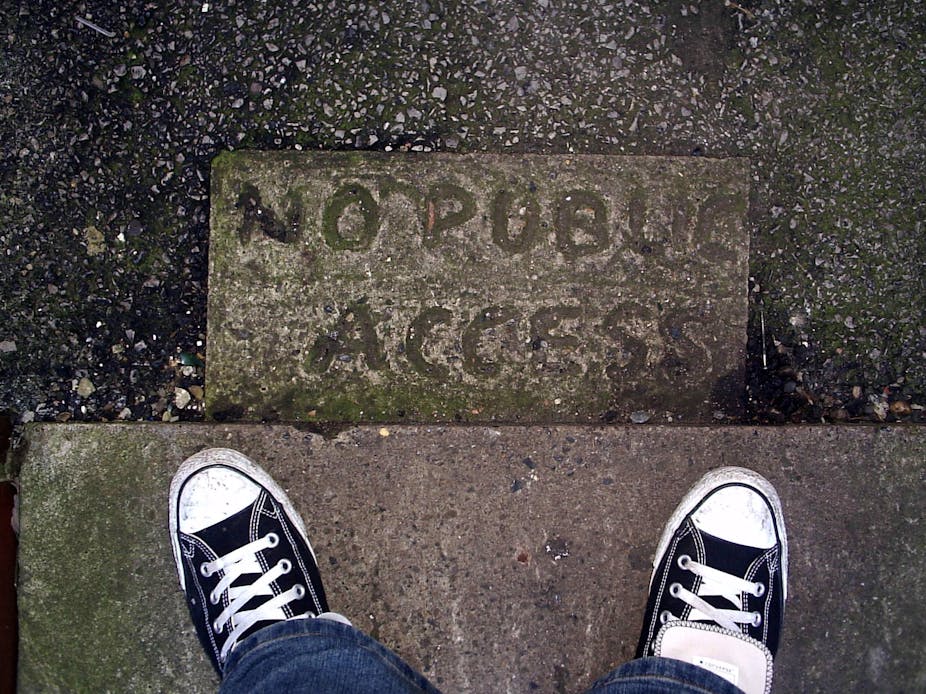In a sting operation, John Bohannon, a correspondent of Science, claims to have exposed dodgy open access journals. His argument seems to be that, because of their business model, some journals are biased towards accepting scientific articles, regardless of their quality. Sadly, Bohannon’s operation adds little to what we already know.
Much new knowledge, often created by the use of taxpayers’ money, is locked behind paywalls of subscription-based journals. But there is a growing movement to make this knowledge freely available. Researchers around the world are being urged to publish in open access journals, and many are seeking to do so.
Where there is demand, the market learns to supply. This has come in form of thousands of open access journal publishers. But in this rapid rise, the journal Science finds in a sting operation that many such journals will accept anything in the hope of earning some money.
For the sting operation, Bohannon confected a scientific paper and sent it to more than 300 journals listed in the Directory of Open Access Journals. Some of these journals were also on Beall’s list, managed by Jeffrey Beall, a library scientist at the University of Colorado, Denver, to weed out the bad ones.
More than half of those journals accepted the bogus manuscript, which was riddled with ethical approval problems and scientific anomalies. Many of these publishers misrepresented their locations. They all claimed to be peer-reviewed journals, but many of them didn’t bother to do any sort of review. A few provided reviewer comments, but agreed to publish the article even when the reviewers raised serious questions.
Bohannon claims these journals would publish anything, because in the “author pays gold model” the publisher makes money only when the article is published.
It would seem that Bohannon has neatly demonstrated a fatal flaw in open access publishing. Bohannon never explicitly compares open access model to the subscription model (in which the researcher submitting the article doesn’t pay but those reading it do), but his hypothesis seems to be that open access journals driven by publication charges will be inherently biased towards acceptance.
On the surface this looks like a potentially deadly blow to open access journals that levy Article Processing Charges (APCs). But I found some glaring problems with the article and its premises.
In short, Bohannon’s article isn’t really about open access. It’s about a flawed system of trusting journals and the inherent problems in peer review, but he targets only open access here.
Problems of this nature have been explored before. For instance, in a 1982 paper, researchers submitted articles that a journal had already published under different author names. Nearly all the submissions were rejected. Many reviewers described the manuscript as having “serious methodological flaw”.
Does Science do science?
Bohannon’s methodology in the sting operation is questionable. He goes to great lengths to concoct a bogus methodology for submission and to ensure the scientific flaws in his paper were credible. The key problem, however, lies in two sentences, tucked away in Bohannon’s coda. He writes:
Some say that the open-access model itself is not to blame for the poor quality control revealed by Science’s investigation. “If I had targeted traditional, subscription-based journals,” [David] Roos told me, “I strongly suspect you would get the same result.”
Sadly, these two sentences appear at the very end of the article. All along it seems to be an attack on open access journals. While it is not directly mentioned, the implication is “it would never happen in the subscription model”. But, given this wasn’t tested, how do we know?
Value addition in the publication process happens at the peer review stage, as most journals claim. The journals exposed were clearly not adding that value. But this value addition is the same whether the journal is open access or not.
So, why did Science publish such a clearly incomplete study? The harsh truth is that Bohannon’s article is hostile. He submitted articles only to open access journals. This omission then wrongly links the failure of deeper problems in academia to a single business model.
While he acknowledges that the top players (including the journal PLOS ONE) provided rigorous review, Bohannon submitted his bogus paper mostly to poor journals. They do not represent open access as a whole. Although Bohannon argues that “open access has multiplied that underclass of journals”, I would like to counter that it is only through a history of masking editorial processes amid claims of “value added” that we have arrived at this mess.
Peer review is a function of academic labour. Editorial decisions should be made by qualified and respected academics who run journals. If we used this model, not even the most gullible of authors would attempt submission to this underclass of journals and their predatory behaviour wouldn’t exist.
Update: Following a correction from Science, David Roos’s quote has been edited. Details in Roos’s comment below.

